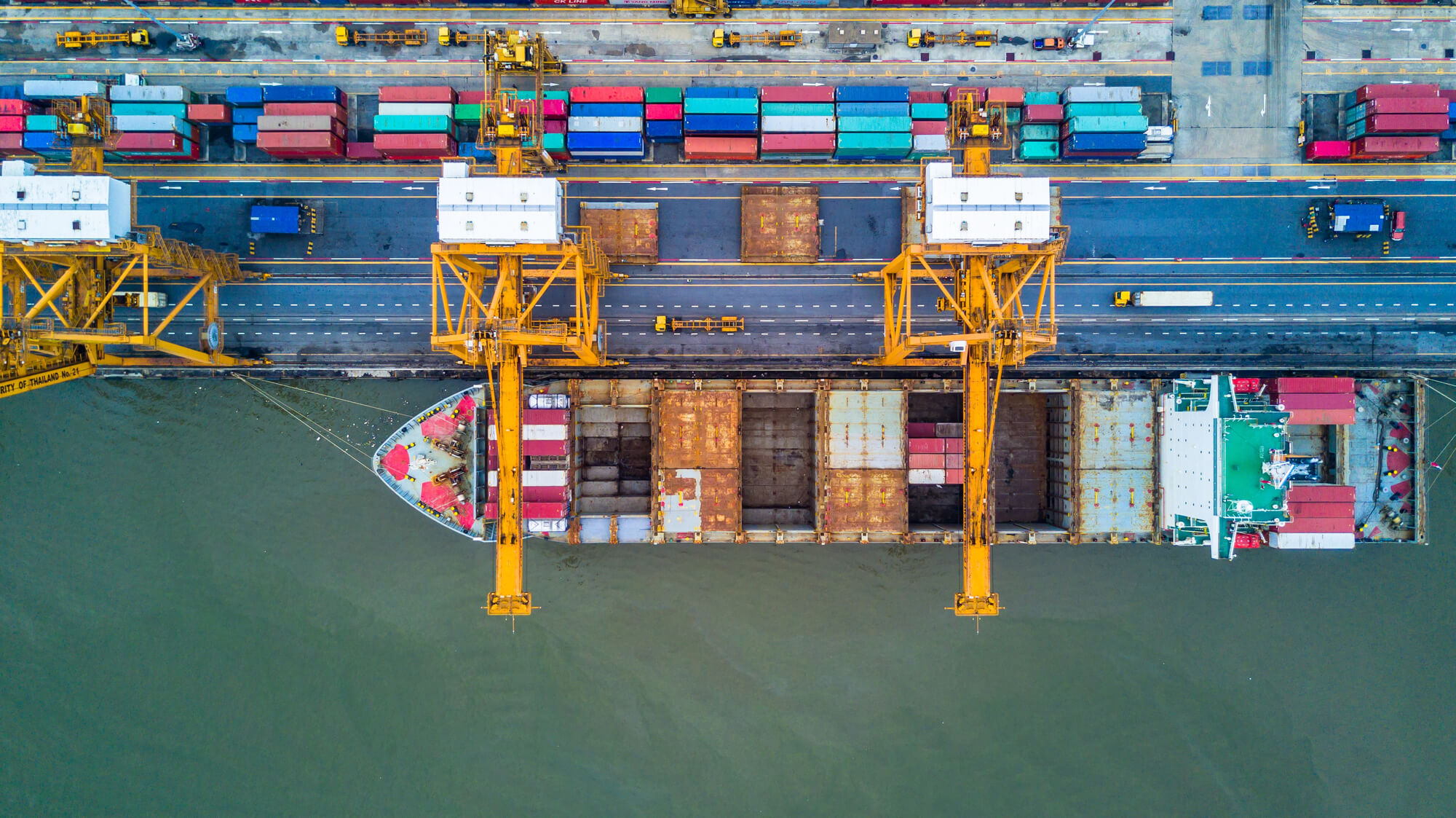The EU, and in particular Germany, in the nearest future will need large quantity of hydrogen that is a clean engine fuel. This hydrogen should be produced with ‘green’ electricity. Today Ukraine cannot produce sufficient quantities of hydrogen. To meet its own demand, as well as the demand from the EU, the country needs to considerably modernize its energy production. For this, first of all, a functioning electricity market should be created.
The European Union counts on hydrogen to fuel large trucks and airplanes, and potentially even to warm European homes in a climate-friendly manner. In its plans to produce enough of the energy-rich gas, Ukraine plays a key role: according to the EU, Ukraine could provide one eighth of all the EU’s demand for hydrogen (H2) in 2030. Achieving this would require EUR 15bn of fresh investments for electrolysers and RES generation capacity.
Germany has already set up a more tangible target. It will spend EUR 2 billion to support hydrogen projects abroad which will supply green hydrogen to Germany. That is — hydrogen produced with renewable energy only. A significant part of this is supposed to come from Ukraine, which has just concluded an “energy partnership” with Germany. But Ukraine’s energy system is not ready to generate enough electricity to produce hydrogen for other countries, especially not from renewable sources. To achieve that, its electricity market must be reformed.
Excited by the European hydrogen subsidies, industry partnerships like “H2EU+Store” already plan to build electrolysing and transport technology in and around Ukraine. But before big electrolysers could be put to work in the country, four challenges need to be overcome:
- The Ukrainian power plants are old and dirty. As they will soon reach the end of their lifetime, Ukraine will need to invest substantially to meet its domestic electricity demand. And even if the old plants ran until 2040, their electricity would be both bad for global warming and potentially the health of its people: more than a third of Ukraine’s current electricity production stems from inefficient coal plants. More than half originates from nuclear power plants, which pose a low, yet constant danger to Ukrainians’ health.
- Building new energy infrastructure in Ukraine is particularly expensive. High political risk and a non-functioning market drive up the interest rates for solar panels, wind turbines and electrolysers. It will thus be costly to install both the required amount of renewable electricity generation and of H2 production. Due to the market’s shortcomings, Ukraine’s recent efforts to support the installation of green electricity have indeed resulted in a short-term spike of installed solar panels, but also in several billion Euros of contingent liabilities. At the moment, only the largest Ukrainian companies have enough funds to build new renewable electricity plants.
- Ukraine itself will have considerable hydrogen demand. First and foremost from its steel production, which belongs to the key industries in the country, contributing more than 10% to GDP. In 2018, it accounted for almost a quarter of Ukraine’s exports. The steel sector, employing thousands people, is nonetheless under severe pressure to update its old and heavily-emitting factories. European directives and regulations, especially the looming carbon border adjustment mechanism might force it to soon produce its steel with hydrogen instead of coal. Due to the importance of steel to Ukraine’s economy, this hydrogen demand would be serious competition for German importers.
- Finally, Ukraine’s electricity market is controlled by a few influential companies. They might benefit from selling their electricity to well-paying Germans in the form of hydrogen instead of to their relatively poor compatriots. As a result, energy prices in Ukraine could spike, to the detriment of low-income Ukrainians.
Under current conditions, Ukraine would thus not be able to produce enough electricity to power electrolysers for Germany’s hydrogen demand, much less from renewable sources. Before it can export any hydrogen, Ukraine’s energy system must be overhauled.
The key to solving Ukraine’s energy problems lies in enabling it to use its abundant renewable energy potential. The country is rich in wind and sun. Yet without foreign investments, Ukraine will struggle to set up enough solar panels and wind turbines. Aid from international agencies will not be enough. But private energy investors with deep pockets currently stay clear of Ukraine, as they do not see a chance for predictable future revenues in the country.
To provide such predictability, Ukraine’s electricity market should be thoroughly reformed and liberalised. Currently, strong market incumbents can still game the system, resulting in excess profits for them and lower investment security for everybody else. This not only results in artificially inflated electricity wholesale prices, but also in very low investments into new electricity generators. Some helpful measures could be to unbundle retail suppliers from Distribution System Operators, to gradually phase out price caps, to improve monitoring and strengthen both the regulator’s power and capacities.
If Germany really wants to get green hydrogen from Ukraine, it should not hand out funds to individual projects. Small gifts would only give large Ukrainian energy providers more reasons to maintain the inefficient status quo. They are currently able to exclude new competitors from the market and pocket all international support for themselves. Instead, Germany should focus its efforts on supporting Ukraine to develop an electricity market that is open and attractive for new investors. Financial support should only be provided in return for substantial reforms. This would not only help set up a large hydrogen supply chain, but also benefit all Ukrainian electricity consumers.
This article also appeared in German in the Tagesspiegel Background Briefing on Energy and Climate on June 10th, 2021.
Attention
The author doesn`t work for, consult to, own shares in or receive funding from any company or organization that would benefit from this article, and have no relevant affiliations




